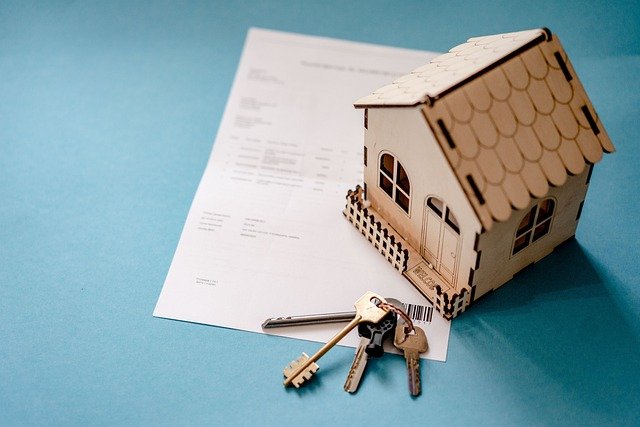Rent to Own Homes: A Comprehensive Guide to Alternative Homeownership
Rent to own homes, also known as lease-option agreements, offer a unique pathway to homeownership for those who may not qualify for traditional mortgages. This arrangement allows potential buyers to rent a property with the option to purchase it at a later date. As the housing market continues to evolve, rent to own programs have gained popularity among both buyers and sellers, providing flexibility and opportunities in the real estate landscape.

What Are the Benefits of Rent to Own for Buyers?
For potential homebuyers, rent to own programs offer several advantages. Firstly, it provides time to improve credit scores and save for a down payment while already living in the desired home. This can be particularly beneficial for those who have been denied traditional mortgages due to credit issues or lack of savings. Additionally, rent to own agreements allow buyers to test out a neighborhood and home before fully committing to a purchase, reducing the risk of buyer’s remorse.
What Should Sellers Consider in a Rent to Own Arrangement?
Property owners considering offering their homes as rent to own should weigh the pros and cons carefully. On the positive side, this arrangement can attract a wider pool of potential buyers, especially in slow markets. It also provides a steady income stream through rent payments while potentially securing a future sale. However, sellers should be aware that they may be locking in a sale price in advance, which could be disadvantageous if property values rise significantly during the lease period.
What Are the Key Terms in a Rent to Own Contract?
Understanding the terms of a rent to own contract is crucial for both buyers and sellers. Key elements typically include the option fee, which gives the tenant the exclusive right to purchase the property, the purchase price or method for determining it, and the rent credit amount. The contract should also clearly state the length of the rental period and the conditions under which the option to buy can be exercised or forfeited.
How Does Financing Work for Rent to Own Properties?
Financing a rent to own home purchase can differ from traditional real estate transactions. While tenants use the rental period to prepare for a mortgage application, they will still need to qualify for a loan at the end of the lease term to complete the purchase. Some lenders offer specific rent to own financing programs, which may take into account the tenant’s payment history during the rental period as part of the approval process.
What Are the Potential Risks and How to Mitigate Them?
While rent to own agreements can be beneficial, they come with potential risks for both parties. Buyers may lose their option fee and accumulated rent credits if they’re unable to secure financing or decide not to purchase the property. Sellers risk having their property off the market for an extended period without a guaranteed sale. To mitigate these risks, both parties should conduct thorough due diligence, seek legal advice, and ensure all terms are clearly defined in the contract.
Rent to own homes represent an alternative path to homeownership that bridges the gap between renting and buying. By understanding the mechanics, benefits, and potential pitfalls of these agreements, both buyers and sellers can make informed decisions about whether this option aligns with their real estate goals. As with any significant financial decision, it’s essential to carefully consider all aspects of a rent to own arrangement and consult with real estate professionals to navigate the process successfully.





